Popsci had Rudra's (clicked by Marina) as the article title picture. Even though it did not figure in the 15 list, was nice to see its picture out there.
http://www.popularmechanics.com/flight/g2977/most-important-helicopters/
The 15 Most Important Helicopters of All Time
Airplanes rules the skies, but helicopters tackle the most versatile, and often, most dangerous tasks.
Getty Marina Lystseva
By
Eric Tegler
Mar 2, 2017
For thousands of years, humanity envied a bird's ability to get aloft right on the spot. Even when we figured out how to make heavier-than-air machines fly, we couldn't fly freely in any direction like our avian counterparts can. It would take three decades after the Wright Brothers' first flight to realize our closest approximation: what we today call the helicopter.
Some of these metal birds have impacted our lives in ways we instantly recognize; others have a lesser-known legacy. So here is our list—ripe for debate—of the 15 most important helicopters ever.
Focke-Wulf Fw-61: The World's First Helicopter
First flight: June 26, 1936
Germany made rapid progress in vertical flight in the 1930s with the design and construction of the Focke-Wulf FW-61, generally regarded as the first functional helicopter.
Professor Henrich Focke started designing what would become the Fw-61 in 1932, using experience gained with autogyros from British maker, Cierva Autogiro. He built a model in 1934 to explore a twin-rotor configuration with articulated rotor blades. A 1935 government order allowed Focke to develop a full-scale prototype using the airframe of a training aircraft (Focke-Wulf's Fw-44) to mount rotors on tube steel outriggers on either side of the fuselage and to house a radial engine driving the rotors through gears and shafts.
Each rotor consisted of three articulated and tapered blades employing cyclic pitch, a core concept of helicopter control. A small propeller mounted in front of the radial was used for cooling only, not thrust. The first of two Fw-61s prototypes flew on 26 June 1936 with pilot, Ewald Rohlfs. Focke's helicopters proved vertical flight and auto-rotation concepts, and gained even more notoriety when German aviatrix, Hanna Reitsch (flying in the picture above), flew one indoors at the Deutschlandhalle sports stadium in Berlin in 1938.
Getty ullstein bild
Sikorsky R-4: The First Mass-Produced Helicopter
First flight: January 14, 1942
Designed by the legendary Igor Sikorsky and based on his VS300 prototype, the R-4 set the pattern for the conventional helicopter with its single lifting-rotor/single vertical-plane tail rotor configuration.
Developed and publicly demonstrated in 1940, it was accepted by the U.S. Army in 1942. The R-4 set the first meaningful helicopter records including a 761-mile cross-country flight and service ceiling record of 12,000 feet while boasting a top speed of nearly 90 mph.
Experimentation with the R-4 began almost immediately with the first deck landing on a ship made in 1944. The same year the first combat rescue by helicopter was made by Army Lieutenant Carter Harman of the 1st Air Commando Group using a YR-4B (pictured above) in the China-Burma-India theater.
NASA Langley
The Bell 47: The First Helicopter Certified for Civilian Use
First flight: December 8, 1945
Images of the Bell 47 open every episode of M.A.S.H., and it saw Army service in Korea and beyond as the H-13 Sioux. But its most important distinction lies in its approval for civil use by the CAA in 1946.
The prototype Bell Model 30 designed by Arthur M. Young was the basis for the 47 which first flew in December1945. Powered by a single Franklin or Lycoming six-cylinder piston engine, the Bell 47 proved endlessly adaptable with some 18 variants serving as everything from lunar lander trainers for the Apollo program to cropdusters. In 1958, a Bell 47 leased by Los Angeles TV station, KTLA, made the first successful television news flight transmitting video as the station's new "Telecopter". License-built in Japan and sold worldwide, over 1,000 of the 5,600 produced are still airworthy.
Getty Keystone
Aerospatiale SA-313 Alouette II: The First Jet-powered Helicopter
First flight: March 12, 1955
In the early 1950s, French state-owned manufacturer, Sud Aviation, experimented with a variety of rotary wing designs including the SA 3120 Alouette light helicopter. While the Alouette prototype broke several helicopter speed and distance records, government support was lukewarm at best.
To consolidate French backing and further boost performance, Sud paired another design (X.310G) with a single shaft turbine developed by Joseph Szydlowski, the founder of Turbomeca. The resulting Alouette II flew in March 1955, becoming the first production jet-powered helicopter. It began setting records almost immediately, establishing a helicopter altitude record of 26,932 feet in June of that year. An Alouette II drew attention when it became the first helicopter to perform a mountain rescue, evacuating a stricken climber over 13,000 feet up in the Alps, and again in 1957 when it searched for the crew of a crashed
Sikorsky S-58 on Mont Blanc (pictured above).
The SA-313 would go on to serve in 47 armed forces, earning distinction as the first helicopter equipped with anti-tank munitions (Nord S.11s). Over 1,500 Alouette IIs were built through 1975, including license-built versions produced in the U.S.
Getty REPORTERS ASSOCIES
Bell UH-1 Iroquois: The Vietnam Legend
First flight: October 20, 1956
The UH-1 Iroquois, called the "Huey," is the embodiment of the helicopter for people all over the world. Its association with Vietnam in history and in pop culture assured its status as did its groundbreaking use by American Forces. Over 16,000 military and civilian examples of the Huey family have been built, and production continues today with the military UH-1Y and civilian Bell 412.
Born as the Bell 204, the two-blade main rotor, single shaft turbine-powered design addressed an early 1950s Army requirement for a medical evacuation/instrument trainer/general utility helicopter. Selected in 1955 from 20 competing designs, it overcame early cabin configuration and insufficient power issues to become the U.S. military's first turbine-powered helicopter.
Officially named the "Iroquois" by the Army, its familiar "Huey" moniker stems from its early HU-1 designation. The nickname stuck so firmly that Bell actually cast "Huey" on the helicopter's anti-torque pedals. In Vietnam, its use as a MEDEVAC, utility, gunship, and transport aircraft altered the way modern armies fight. The air-assault/air cavalry concept was founded upon the Huey and the insertion/extraction techniques it pioneered underpin special forces operations to this day.
Anyone who has ever heard the Huey's characteristic two-blade rotor "whump-whump" sound will never forget it.
Getty Larry Burrows
Mil Mi-8: The World's Most Produced Helicopter
First flight: July 7, 1961
The first Mi-8 transport helicopter flew in July 1961. It's a workhorse, still being produced today with over 17,000 built. In use by approximately 80 countries, the "Hip" (its NATO codename) was reportedly inspired when Soviet Premier, Nikita Khrushchev, visited the U.S. in 1959 and took a ride in the Sikorsky S-58 presidential helicopter. Back in mother Russia, he ordered a similar helicopter to be developed in time for a visit by President Eisenhower.
Designer Mikhail Mil used Khrushchev's desire as an opportunity to develop a new twin-turboshaft transport. Employing two 1,500 shp Isotov TV2 turbines and a newly designed gearbox, the Mi-8 could carry 24 troops or 12 stretchers. Though production began in 1964, the Soviet military didn't really become interested until Vietnam demonstrated the value of rotary-wing aircraft like the Huey.
By 1967, the Soviets were rushing the Mi-8 into production. Over 35 military/civil variants including the more powerful Mi-17 have been used for everything from transport, armed reconnaissance/gunship, and heavy civilian airlift to dropping radiation-absorbing materials into the failed reactor at the Chernobyl Nuclear Power Plant. The Mi-8 is not just the world's most produced helicopter, it's among the most produced aircraft period.
Getty Dmitry Serebryakov
Boeing CH-47 Chinook: The Tandem Rotor Workhorse
First flight: September 21, 1961
The tandem arrangement of the CH-47's main rotors relates directly to its role as a heavy tactical lift helicopter. The 60 ft. diameter rotors mounted on pylons atop each end of the Chinook's fuselage rotate in opposite directions, counter-acting torque and eliminating the need for a tail rotor. All power from the two Lycoming turboshafts on either side of the rear pylon can be used for lift. Independent rotor adjustment makes the CH-47 less sensitive to center-of-gravity changes and more stable when weight is added or removed—all good things when lifting and dropping cargo or troops.
Developed in the late 1950s by Boeing Vertol from the Model 107 (which became the CH-46), the Chinook saw service in Vietnam where in addition to transporting troops, it placed heavy artillery pieces on otherwise inaccessible mountain positions and kept them resupplied with ammunition. The 47's large cargo compartment tempted crews to overload it at first and lifting slingloads underneath required experience. But it became an invaluable tool in Southeast Asia and development of the latest CH-47F shows that it remains so today. The Chinook also happens to be the third fastest helicopter in the world at 196 mph.
Staff Sgt. Jennifer Spradlin / U.S. Army
Bell 206 JetRanger: The Civilian Chopper
First flight: December 8, 1962
The Bell JetRanger is instantly recognizable to almost anyone raised in the West, a presence in the skies, on television, in films, and in newspapers for five decades. Whether chasing 55 mph-disdaining speeders in the 1970s, providing live local TV news pictures, transporting emergency medical patients, or shuttling celebrities to events, the Bell 206 family has defined the light corporate helicopter.
Ironically it was born as a military aircraft in the 1960s in response to a requirement for a light observation helicopter. Bell's D-250 twin blade, single turbine prototype (YOH-4A) lost out to the Hughes OH-6 but the company chose to market it as a civilian aircraft, self-funding development of the redesigned, larger 206A which first flew in 1966. By 1973 over 1,000 had been sold on the civil market and the Army had chosen it as a new observation helicopter (OH-58A) while the Navy selected it as a training helicopter (TH-57A).
Subsequent LongRanger variants increased performance and capacity and over 7,300 have been built. In 1982 a 206L completed the first around-the-world helicopter flight in 29 days.
Radosław Drożdżewski
Bell AH-1 Cobra: The First Dedicated Attack Helicopter
First flight: September 7, 1965
Attack helicopters are a staple of advanced armies, but it wasn't until the Vietnam conflict that a truly purpose-built attack helicopter – the AH-1 Cobra—was fielded.
The Army's creation of Air Cavalry Brigades in the early 60s included a requirement for a dedicated attack helicopter. An Advanced Aerial Fire Support System (AAFS) program posited a sophisticated, heavily armored machine. Bell had shown the Army a light attack design (D-255 Iroquois Warrior) based on the Huey in 1962. Though not selected for AAFS, Bell continued work on the concept.
By 1965 the Army sought an interim gunship for Vietnam duty and Bell responded with its Model 209, dubbed "Cobra". The Cobra featured a narrow forward fuselage with stub-wings and a fighter jet-like stepped-up tandem seating for the gunner (in front) and pilot (behind), a configuration seen in nearly all attack helicopters today. It borrowed components from the UH-1 Huey including its main rotor, turboshaft engine, transmission, tail boom, empennage, and tail rotor.
Designated AH-1, the Cobra debuted during the 1968 Tet offensive. In addition to escorting transport helicopters and forming "hunter/killer" teams with scout helicopters, it performed a rescue, picking up a downed F-100 Super Sabre pilot who clung to its gun panel door until over friendly territory. The AH-1 inspired attack helicopter designs worldwide and remains in service with the U.S. Marine Corps as the AH-1Z Viper.
Getty sierrarat
Westland Lynx: The First Fully Aerobatic Helicopter
First flight: March 21, 1971
While the Huey dominated the medium utility/attack market in the late 1960s-early 1970s, Europe looked to develop its own competitors. British manufacturer, Westland, came up with its WG.13 in the late 60s, intended as a replacement for its previous designs, and to challenge the Huey.
Initially folded into a joint Anglo-French development program, the WG.13 soon devolved to a purely British effort as a naval attack platform. Following its first flight in March1971, the Lynx showed the benefits of its special main rotor design which allowed it to perform loops, rolls, and handle much like a fixed-wing aircraft. It was also fast, setting a speed record in 1972 at 199.9 mph.
The Lynx debuted in British Army/Navy service in the late 1970s in transport, armed escort, anti-tank, anti-ship, anti-submarine, and other roles and flew during the Falklands War and in Iraq. In 1986, a modified Lynx set a new speed record at 249 mph. The basic Lynx design has evolved into the Augusta Westland AW159 military helicopter.
Heb
Sikorsky H-60 Black Hawk: The Modern Huey
First flight: October 17, 1974
The Army was already looking to replace the UH-1 Iroquois/Huey in the late 1960s launching the Utility Tactical Transport Aircraft System (UTTAS) program around a common turbine engine (GE's T700). Sikorsky came up with the S-70, a twin engine design it put forward as the YUH-60A for UTTAS. The first prototype flew in October 1974, besting Boeing's YUH-61A in a flyoff competition.
It would become the UH-60 Black Hawk – named after a Native American warrior. It entered service in 1979 as the Army's new assault/utility helicopter. During its development, the Navy was evaluating replacements for its SH-2 Sea Sprite search and rescue/maritime warfare helicopter. Favoring common acquisition with the Army, the Navy chose Sikorsky's UH-60-based design as the SH-60B Seahawk in 1978. These choices spawned a family of H-60 models including the Coast Guard Jayhawk, special operations Pave Hawk and VH-60N presidential support helicopter.
More than 4,000 H-60s have been produced and are operating with the armed forces of Japan, Turkey, Israel, and Columbia among others, but the UH-60 gained worldwide fame from the 2001 film
Black Hawk Down.
Terry Moore
Robinson R-22: The Best-Selling, Low-Cost Helicopter
First flight: 1975
Frank Robinson was inspired to embark on a rotary-wing career upon seeing a newspaper photo of Igor Sikorsky hovering in his VS300 prototype. After stints as an engineer at Cessna, Kaman and Hughes, he struck out on his own in 1973, determined to build and market a small, low-cost helicopter.
California-based Robinson Helicopter Company perfected the low-inertia rotor system design of the R-22 in the 1970s, receiving FAA certification in 1979. The lightweight, two-seat, piston-powered R-22 proved perfect as a primary rotary-wing flight trainer, surveying and cattle management tool. Its 150 hp Lycoming O-320 air-cooled four cylinder runs well on inexpensive 100LL aviation gas and the ability to literally tow the helicopter on a trailer behind a pickup truck made it immensely popular, inspiring a family of variants including the R-44 and R-66.
Nearly 5,000 R-22s had been produced by 2015, and in 2016 a new one cost approximately $290,000, a fraction of the price of other civilian helicopters.
ullstein bild
Mil Mi-26: The Largest Series Production Helicopter
First flight: December 14, 1977
Reflecting Russia's taste for gigantic things, the Rostvertol Mil Mi-26 is the world's biggest production helicopter. Designed in the 1970s as a heavy-lift transport for military equipment from amphibious-armored personnel carriers to mobile ballistic missiles, the Mi-26 also serves civilian operators in roles from aerial firefighting to lifting outsize freight including a 25-ton block of frozen soil encasing a preserved, 23,000-year-old Woolly Mammoth.
The Mi-26's eight-blade main rotor is a 105 feet in diameter and converts 22,800 shaft-horsepower from two Lotarev D-136 turbines to thrust. Its tail rotor is about the size of the main rotor of an MD500 light helicopter. The Mil has the load capability of a C-130 with an internal payload of 44,000 lbs (20 tons). It retains the world record for the greatest mass lifted to 2,000 meters (6,562 ft) with125,153.8 lbs in 1982. In 2002, Uncle Sam leased an Mi-26 from a Canadian firm to lift a U.S. Army MH-47E Chinook helicopter (huge in its own right) from a mountain in Afghanistan.
Dmitry Terekhov
Northrop-Grumman MQ-8: The First Operational Autonomous Helicopter
First flight: 2002
The idea of ship-launched aircraft as scouts for Navy vessels dates to before WWI. Not until the Northrop-Grumman MQ-8B deployed aboard the US Navy frigate,
McInerney (FFG-8) in 2010 was an autonomous, unmanned rotary-wing scout aircraft operational.
The RQ-8/MQ-8 arose from the Navy's need to replace aging RQ-2 Pioneer fixed-wing UAV systems. With unmanned systems performing everything from reconnaissance to strike by the late 1990s, the Navy wanted these capabilities in a relatively large unmanned vertical launch/recovery aircraft.
In 2000, Northrop Grumman's Schweizer Model 330-based design was selected. Developed as the reconnaissance-focused RQ-8A, it met the Navy's range, endurance, and payload goals (125 NM/3 hours/200 lbs) but interest waned until the Army saw merit in the design which evolved into the more capable MQ-8B in 2003. A decade later, the Navy had taken lead again and the Fire Scout/Sea Scout was operating in Afghanistan, in Africa, from Frigates, Littoral Combat Ships, and Coast Guard cutters.
In September 2012 a Fire Scout set a single-day record, providing ISR coverage for a 24-hour period over the course of 10 flights.
Mass Communication Specialist 2nd Class Alan Gragg/U.S. Navy
Eurocopter X3: The World's Fastest Helicopter
First flight: September 6, 2010
The Eurocopter (Airbus Helicopters) X3 is a hybrid helicopter which combines a traditional main rotor powered by two Turbomeca RTM322 turboshafts with a pair of stub wing-mounted propellers to provide additional forward thrust. Each stub wing prop has a different pitch to counteract the torque of the main rotor thereby providing additional directional stability.
With this configuration and with a highly drag-efficient fairing over the shaft and gearbox below the main rotor, the X3 sprinted to 255 knots (293 mph) at 10,000 feet in 2013. That's the fastest speed ever recorded by what could be called a helicopter. Since the X3 is based on the popular Eurocopter AS365 Dauphin, it fits the definition and its importance lies in signifying what the helicopter may become.
The X3 was a candidate for the U.S. Army's Armed Aerial Scout requirement but it wasn't selected. Eurocopter/Airbus see future applications for the X3's technology in the offshore oil market and high speed inter-city shuttle services to landing venues not usable by fixed-wing turboprops.
Paul J. Richards












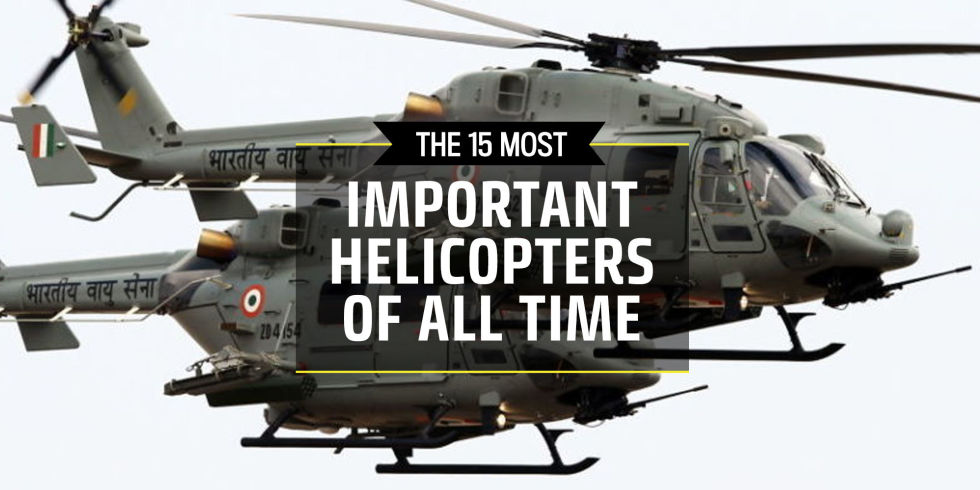
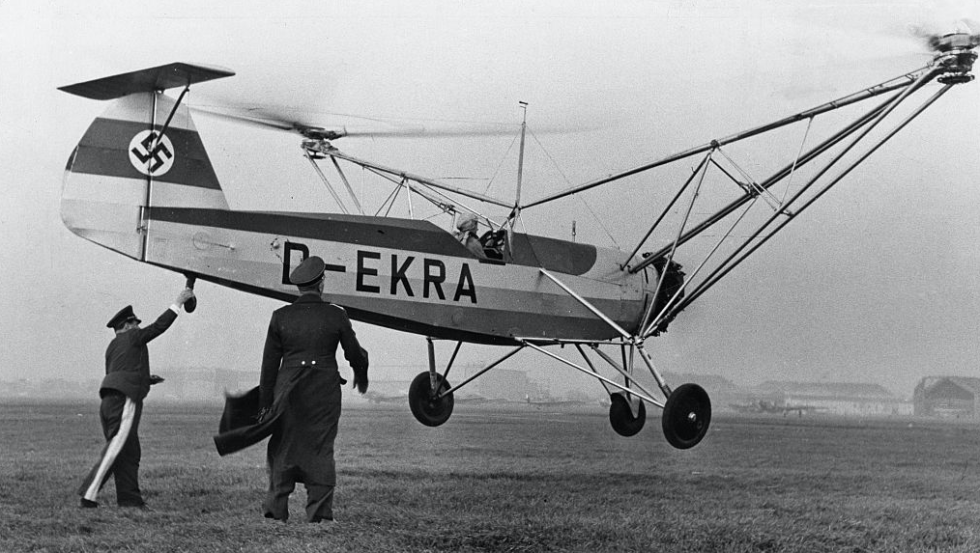

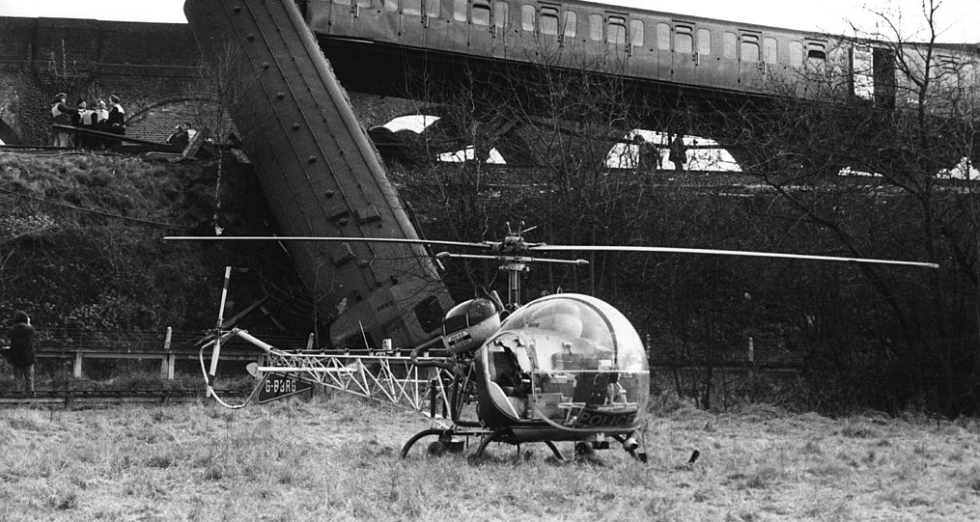
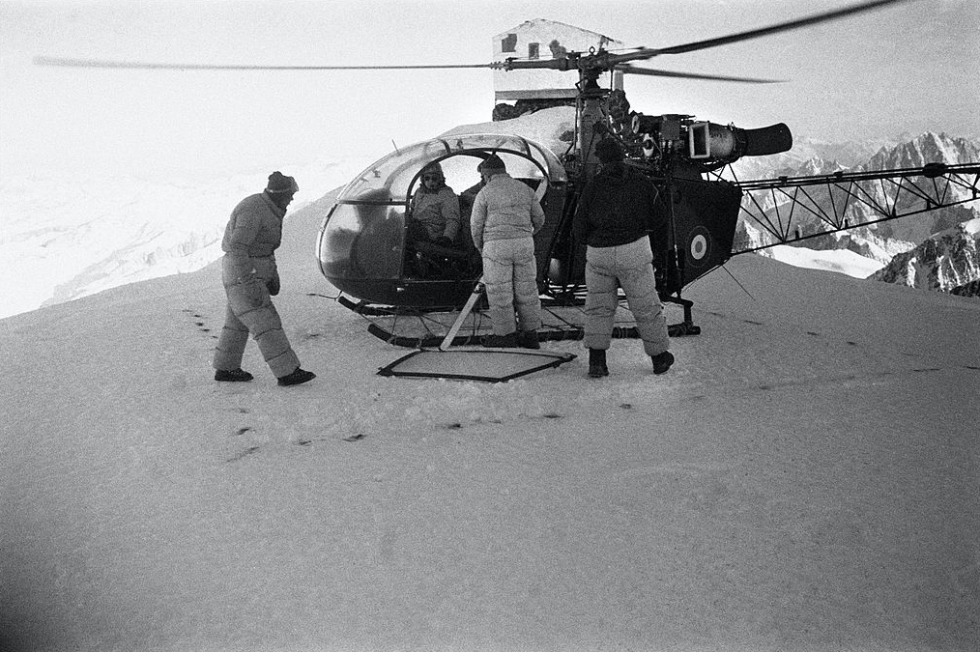

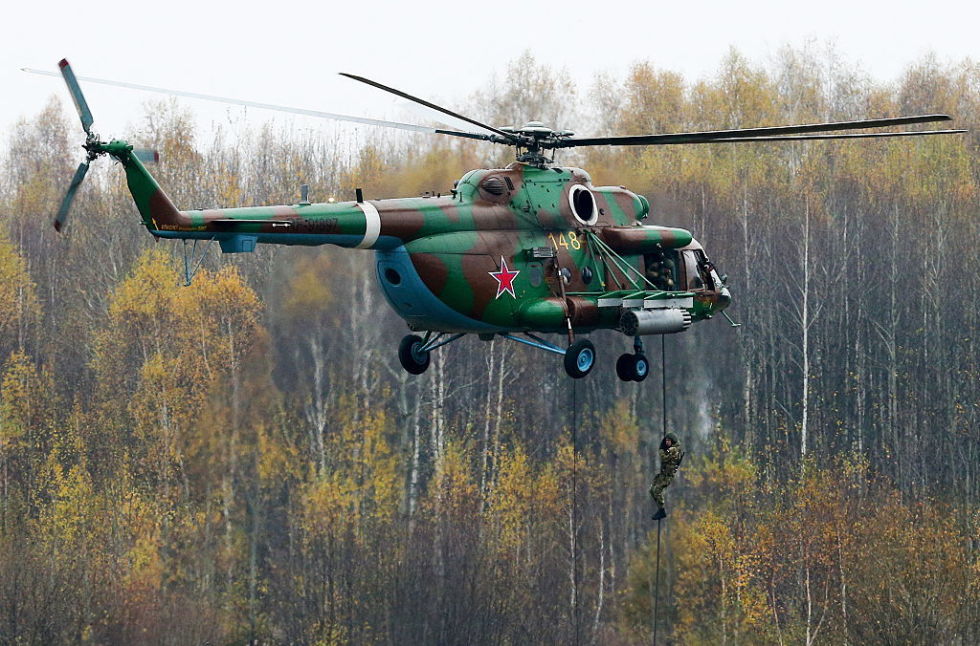


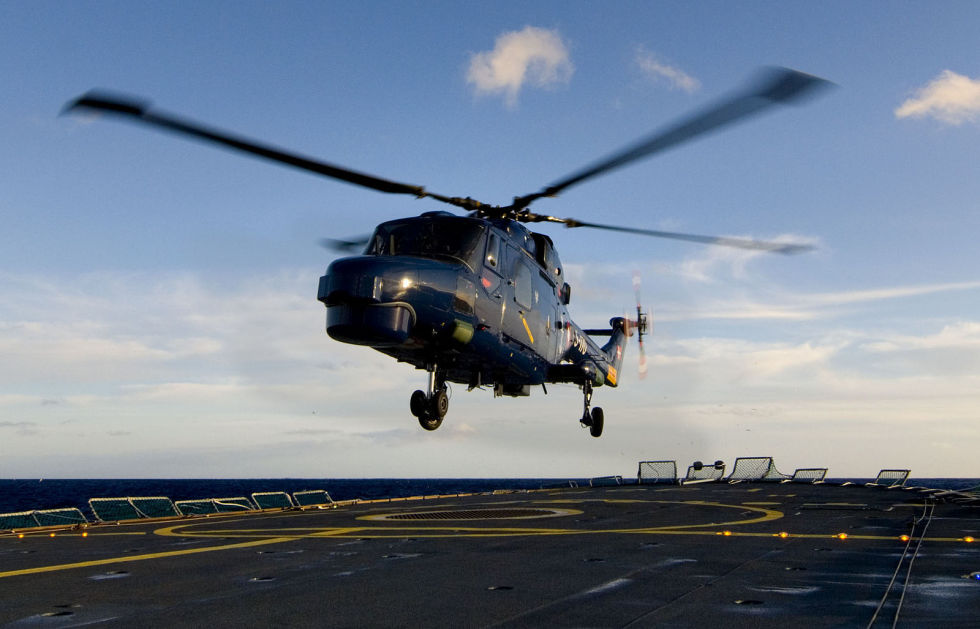
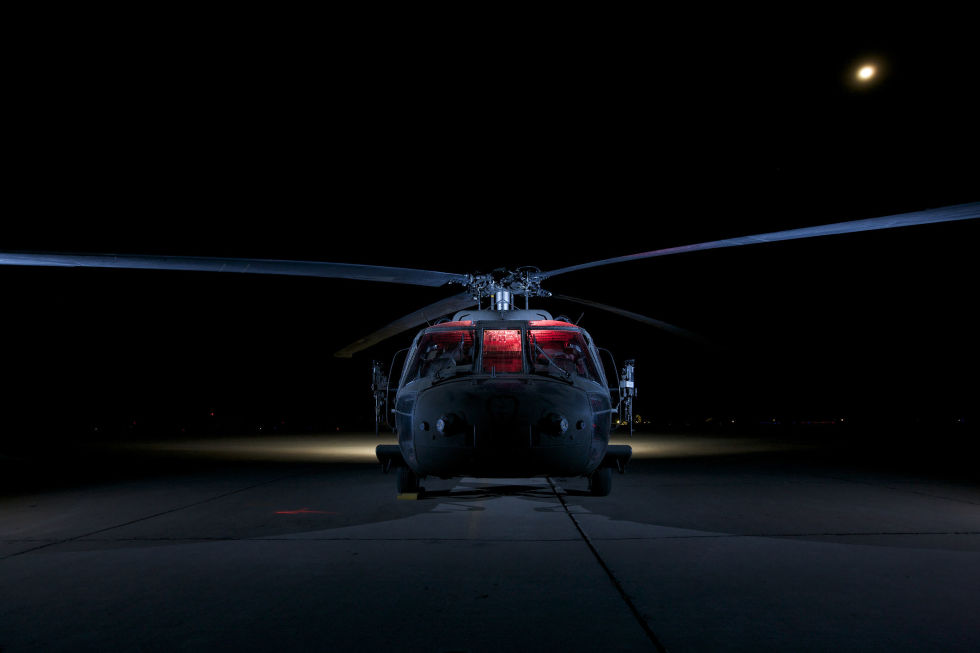
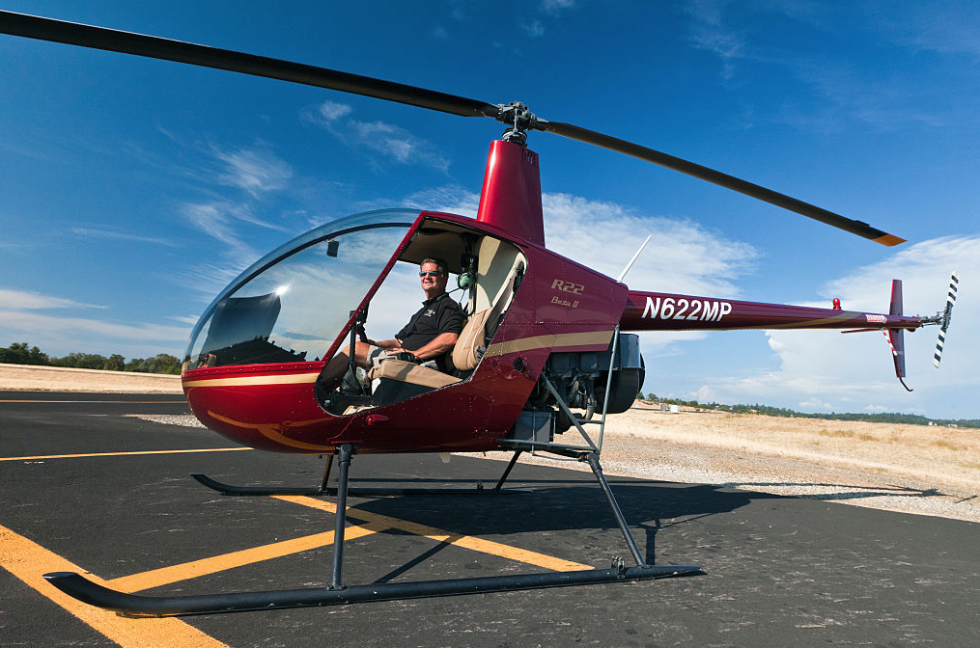
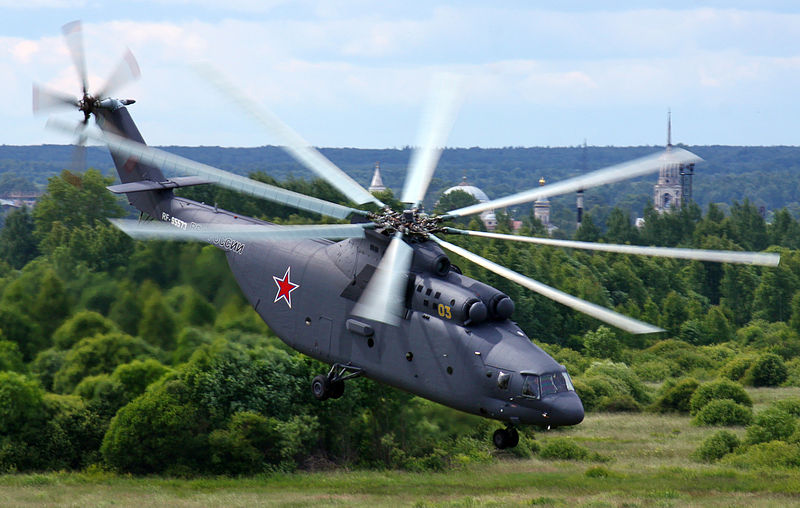
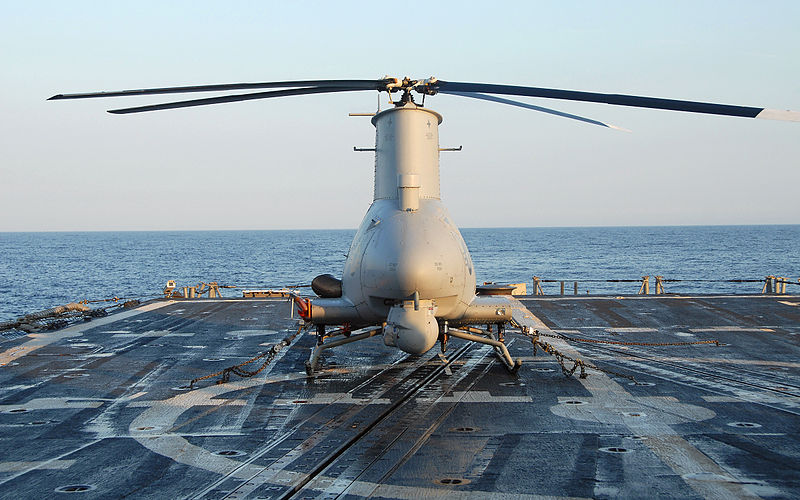
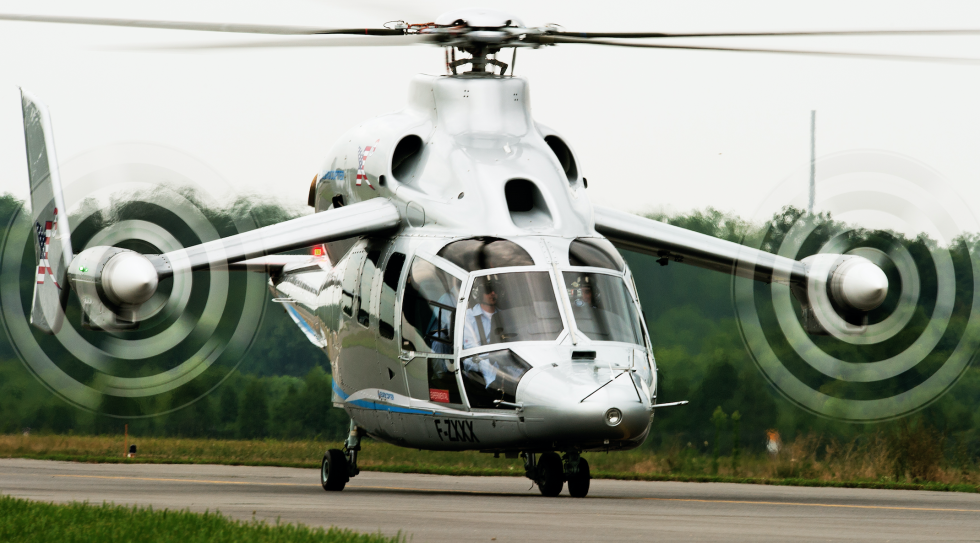










).

